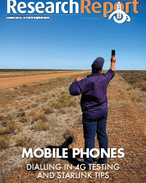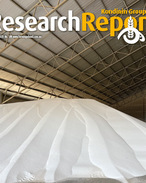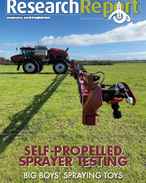This article is 8 years old. Images might not display.
It is hoped new agricultural job opportunities will flow in the Gascoyne irrigation area near Carnarvon.
Agriculture and Food Minister Alannah MacTiernan 'flicked a switch' on one of the area's 35 new production bores, powered by a new electricity grid to help pump four gigalitres of water per year through a purpose-built 25 kilometre pipeline, drawn from the Gascoyne River's aquifers.
The project has relied on new technology to reduce costs and improve sustainability, including the use of airborne electromagnetic surveillance to identify exploration bores and the installation of four sand spears to harvest water when the Gascoyne River flows.
The Gascoyne Food Bowl initiative, led by the now Department of Primary Industries and Regional Development, has laid the foundations for potential developers to invest in irrigated agriculture and create new jobs.
Local growers will also reap benefits from the project, which has doubled the existing water supply, while the new electric power supply has reduced operating costs.
The Department of Planning, Lands and Heritage will work towards the land release over the next two years, liaising with traditional owners, local industry and the community.
Agriculture and Food Minister Alannah MacTiernan said the Gascoyne Food Bowl initiative lays the foundations to unleash the potential of the region to boost production of high-quality Western Australian fresh produce, creating new local job opportunities.
"The project has used innovative scientific tools to map shallow groundwater resources along the Gascoyne River, providing prospective developers with the confidence to invest,” Minister MacTiernan said.
"The project will boost the Gascoyne's capacity to supply to existing customers, currently worth more than $85 million per annum, by adding potentially $35 million per annum growth to capture new domestic and export market opportunities,” she said.























